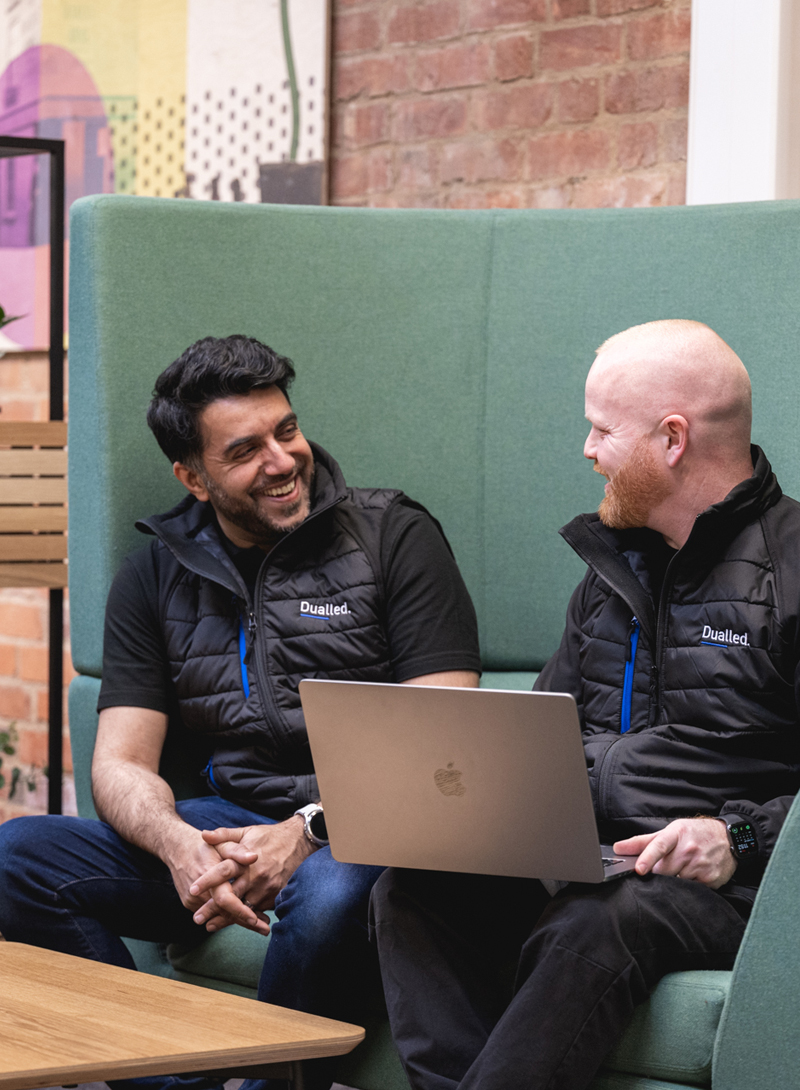Digital Transformation
Process Blueprinting
Process Blueprinting is a critical step in digital transformation, enabling organisations to streamline operations, enhance efficiency, and drive innovation across their business processes.
We help organisations streamline operations and drive innovation by mapping current processes, identifying areas for improvement, and designing future-state processes aligned with digital transformation goals. Through workshops and analysis, we optimise processes and align technology. Change management strategies and performance measurement frameworks ensure successful implementation, with pilot testing and iterative improvement driving ongoing refinement. Documentation and knowledge transfer empower employees to adopt and execute new processes effectively.
Current Process Documentation
We begin by documenting the organisation's current processes across key functional areas, such as operations, sales, marketing, finance, and customer service. This involves capturing process flows, roles and responsibilities, decision points, inputs and outputs, and dependencies to create a comprehensive overview of existing workflows.
Process Mapping Workshops
We facilitate workshops with stakeholders from different departments to map out end-to-end processes collaboratively. This interactive approach fosters cross-functional alignment, knowledge sharing, and identification of pain points and bottlenecks that may exist within current processes.
Process Analysis and Optimisation
We analyse the documented processes to identify inefficiencies, redundancies, and areas for improvement. This includes conducting root cause analysis, value stream mapping, and performance metrics analysis to pinpoint opportunities for streamlining and optimisation.
Future-State Process Design
Based on the insights gained from process analysis, we work with stakeholders to design future-state processes that align with the organisation's digital transformation objectives. This involves defining target process flows, implementing automation opportunities, and incorporating best practices and industry standards.
Technology Alignment
We assess the organisation's existing technology infrastructure and capabilities to ensure that future-state processes are compatible and scalable. This includes evaluating software solutions, integration requirements, data exchange protocols, and security considerations to support optimised process execution.
Change Management Planning
We develop change management strategies to facilitate the transition from current-state to future-state processes effectively. This involves identifying key stakeholders, communicating process changes, providing training and support, and fostering a culture of continuous improvement and adaptability.
Governance and Compliance Integration
We integrate governance and compliance requirements into the process blueprinting process to ensure that future-state processes adhere to regulatory standards and industry best practices. This includes establishing control mechanisms, audit trails, and compliance checkpoints to mitigate risks and ensure accountability.
Performance Measurement Framework
We define key performance indicators (KPIs) and metrics to monitor the effectiveness and efficiency of future-state processes. This includes establishing benchmarks, setting targets, and implementing monitoring tools and dashboards to track performance against objectives and drive ongoing optimisation efforts.
Pilot Testing and Iterative Improvement
We conduct pilot testing of the redesigned processes in select areas of the organisation to validate their effectiveness and identify any potential issues or challenges. This iterative approach allows for continuous feedback and refinement before full-scale implementation across the organisation.
Documentation and Knowledge Transfer
We document the finalised process blueprints, including process maps, standard operating procedures (SOPs), and training materials, to ensure consistency and clarity in implementation. We also facilitate knowledge transfer sessions to empower employees with the skills and understanding needed to adopt and execute the new processes successfully.
The benefits of doing:
Operational Efficiency: Process Blueprinting enables organisations to streamline workflows, eliminate inefficiencies, and reduce bottlenecks, resulting in improved operational efficiency and cost savings.
Innovation Enablement: By identifying opportunities for automation, optimisation, and best practice adoption, Process Blueprinting fosters a culture of innovation and continuous improvement, driving business agility and competitiveness.
Enhanced Customer Experience: Optimised processes result in smoother customer interactions, faster response times, and improved service quality, enhancing the overall customer experience and satisfaction.
Alignment with Digital Transformation Goals: Process Blueprinting ensures that future-state processes are aligned with the organisation's digital transformation objectives, enabling seamless integration of technology solutions and driving digital innovation across the business.
Improved Compliance and Risk Management: Integrating governance and compliance requirements into process design helps organisations mitigate risks, ensure regulatory compliance, and maintain accountability, safeguarding against potential legal and reputational issues.
The consequences of not:
Inefficiencies and Waste: Without Process Blueprinting, organisations may continue to operate with outdated, manual, or inefficient processes, resulting in wasted time, resources, and effort, and hindering overall productivity and competitiveness.
Missed Opportunities for Improvement: Lack of process analysis and optimisation means that organisations may overlook opportunities to streamline workflows, automate repetitive tasks, and adopt industry best practices, limiting their ability to innovate and evolve.
Poor Customer Experience: Outdated or inefficient processes can lead to delays, errors, and inconsistencies in customer interactions, negatively impacting the overall customer experience and satisfaction, and potentially leading to customer churn and reputational damage.
Alignment Challenges with Technology: Without assessing current technology infrastructure and capabilities, organisations may struggle to align future-state processes with technological requirements, leading to compatibility issues, integration challenges, and missed opportunities for automation and efficiency gains.
Compliance and Risk Exposure: Failure to integrate governance and compliance considerations into process design increases the risk of regulatory violations, data breaches, and legal consequences, exposing the organisation to financial losses, penalties, and reputational damage.


